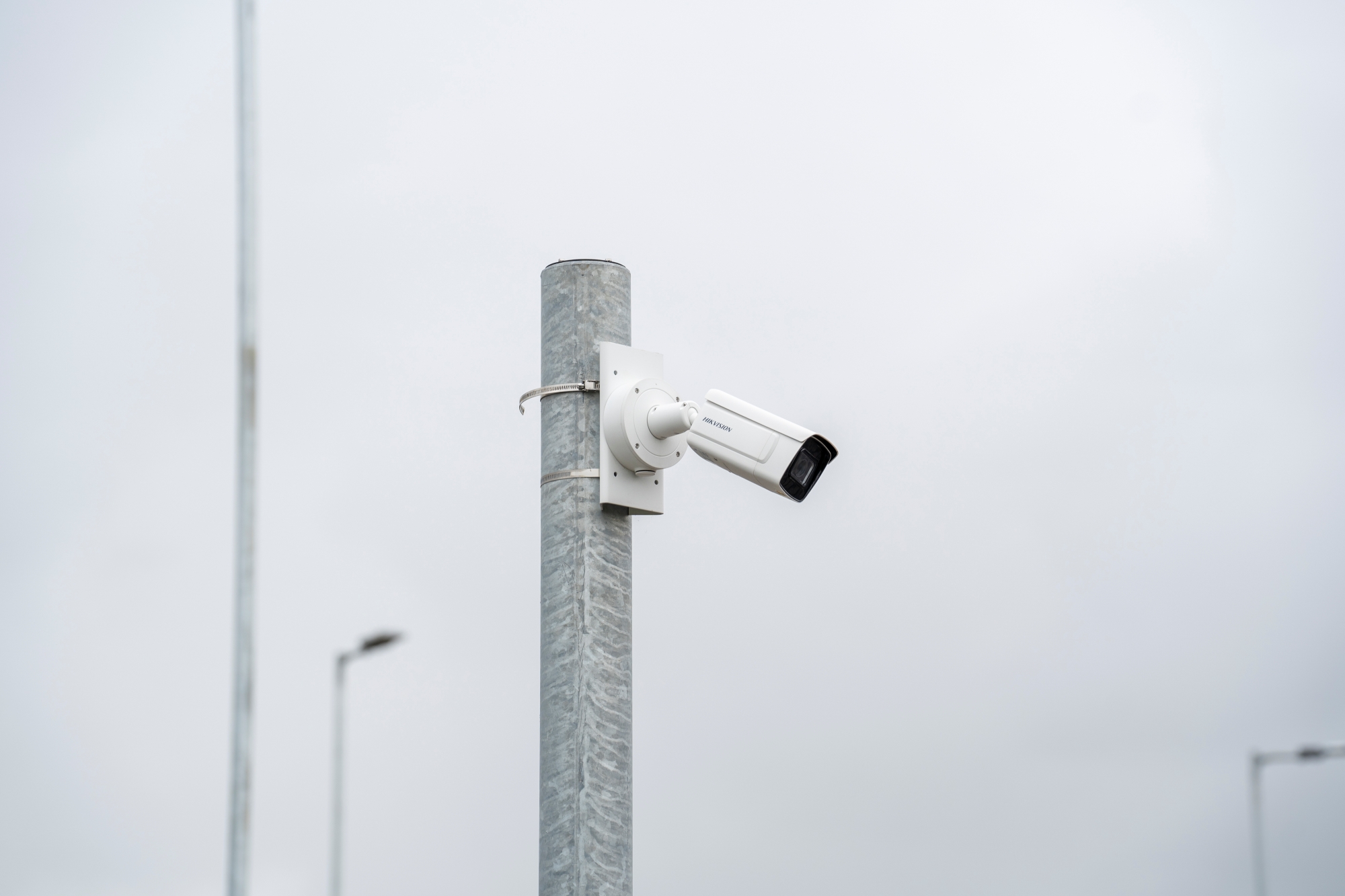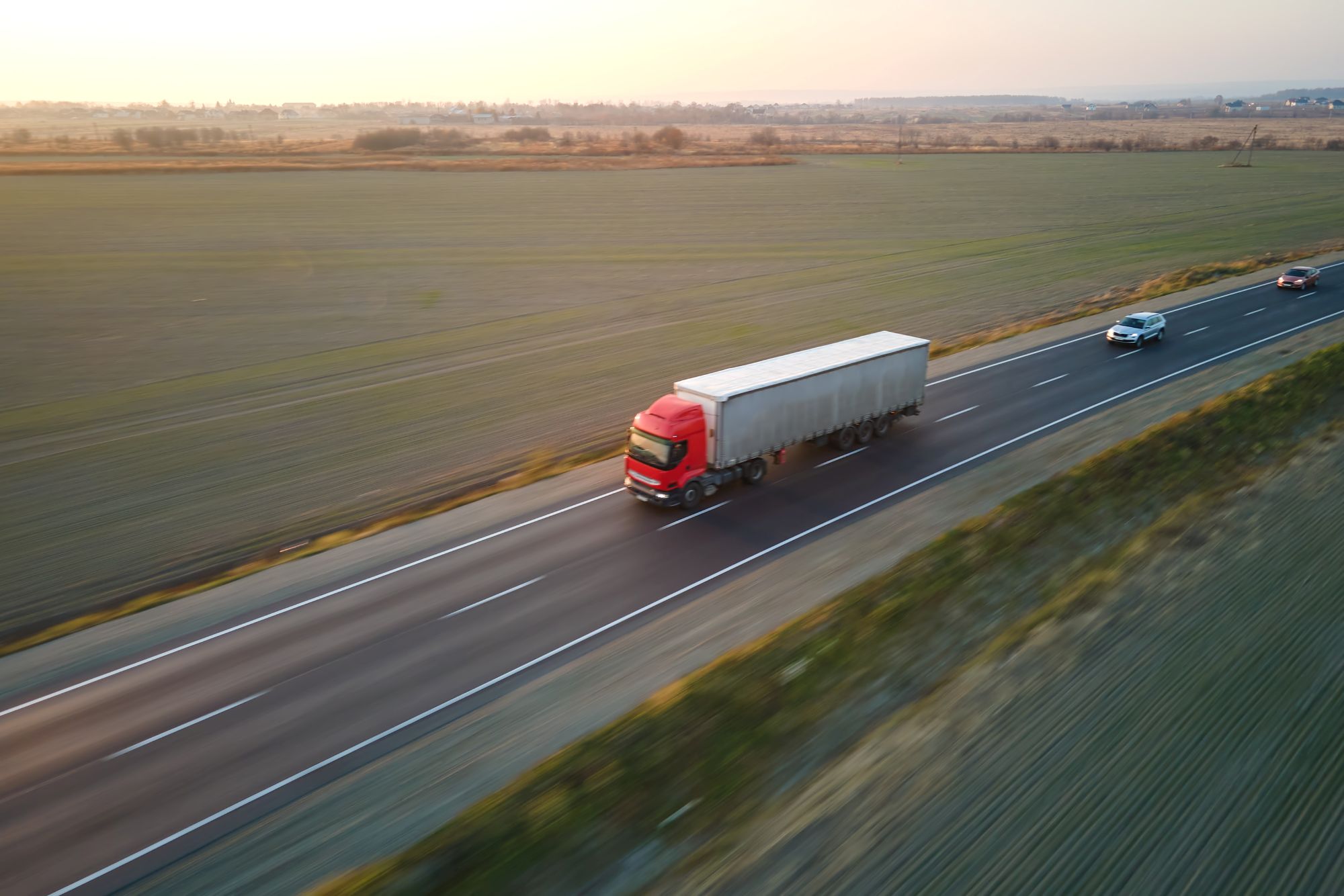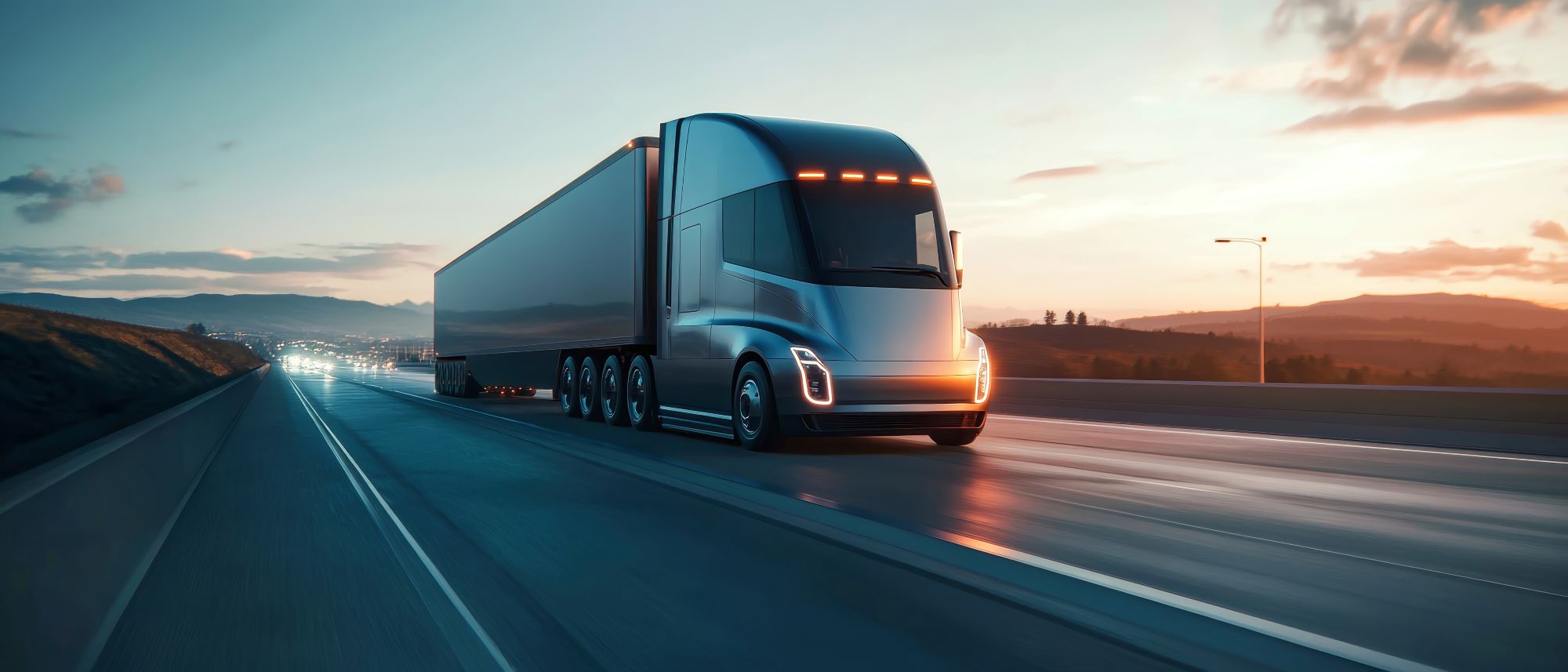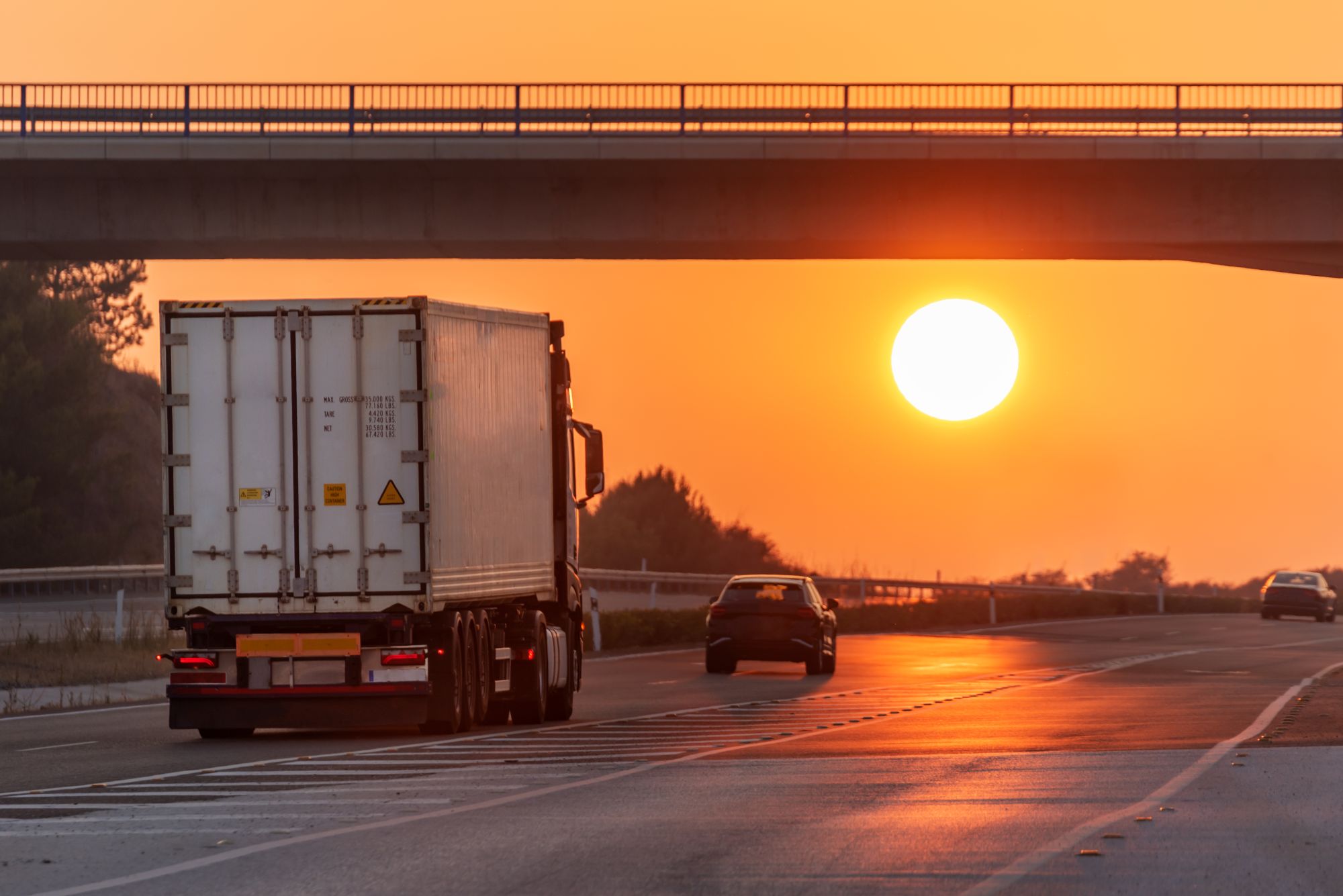
Miranda Blake
Șoferii sunt nemulțumiți de stațiile de camioane: Care este problema?
Creat: 11.11.2024
•
Actualizat: 09.12.2025
Un [studiu recent] (https://d3cez36w5wymxj.cloudfront.net/wp-content/uploads/2024/11/04184443/Lorry-Driver-Facilities-Survey.pdf) al organizației independente de supraveghere Transport Focus a constatat că aproape jumătate dintre șoferii de camioane nu sunt mulțumiți de numărul și calitatea stațiilor de camioane din Anglia. Aceștia consideră că aceasta din urmă s-a deteriorat și în ultimul an.
Aici, la SNAP, avem o rețea de [truck parks] (https://snapacc.com/truck-parks/) care oferă servicii superioare (de fapt, în curând vom lansa propriile noastre premii care celebrează cele mai bune stații de camioane!). Deci, dacă există o mulțime de parcuri excelente, se pune întrebarea: de ce sunt șoferii atât de nefericiți?
O scufundare mai adâncă în problemă
În primul rând, să aruncăm o privire la ceea ce îi nemulțumește. Șoferii spun că nu se simt bineveniți și în siguranță la fiecare oprire. În plus, nu au posibilitatea de a se odihni cum trebuie sau de a se bucura de o masă bună. Unele dintre reacțiile primite includ faptul că nu există întotdeauna mâncare sănătoasă disponibilă sau dușuri și toalete curate. O șoferiță a comentat, de asemenea, că nu există duș în toaleta femeilor - ceea ce înseamnă că nu are de ales decât să meargă în toaleta bărbaților pentru a se spăla.
Cu toate acestea, este important să subliniem faptul că statisticile provin de la cei care au optat să își facă pauzele în aceste popasuri, deci este probabil să existe un anumit nivel de satisfacție. În plus, sondajul a întrebat șoferii doar despre experiența lor la o treime din numărul total de stații de camioane, servicii de autostradă și cele de pe drumurile A din Anglia. În plus, au existat multe parcări de camioane care au obținut scoruri satisfăcătoare de cel puțin 95%, cu o satisfacție generală de 86%.
Deci, poate că problema nu este atât de mare pe cât pare. Cu toate acestea, industria cu siguranță nu o poate ignora - mai ales având în vedere descoperirile noastre.
Ce a descoperit cercetarea SNAP
Am constatat că 70% dintre șoferi preferă benzinăriile în locul benzinăriilor sau stațiilor de camioane, motivul principal fiind securitatea insuficientă. De exemplu, aceștia au experimentat anterior cazuri precum tăierea perdelelor. Cu toate acestea, este demn de remarcat faptul că, în 2023, poliția din Cambridgeshire a raportat că [46% din furturile de marfă au avut loc pe străzi sau în parcări] (https://www.rsainsurance.co.uk/news/insurance/tackling-cargo-crime-in-2024/#:~:text=The%20majority%20only%20offer%20a,these%20happened%20in%20lay%2Dbys.), comparativ cu 27% în benzinării - ceea ce sugerează că poate șoferii își fac griji în locul greșit.
Pe paginile noastre de social media, peste jumătate dintre șoferii de camioane au dezvăluit că, în comparație cu cele din Europa, locurile de odihnă din Regatul Unit nu sunt sigure și securizate. Iar pentru spațiile care au un nivel mai ridicat de protecție, 70 % au văzut că acestea sunt pline până seara devreme.
Deși acest lucru implică o cantitate insuficientă pentru a satisface cererea, multe dintre site-urile noastre au o securitate fantastică. Așadar, cele care nu au, ar trebui să se gândească cum să îmbunătățească acest lucru.

Oferirea celui mai înalt nivel de securitate pentru parcările de camioane
Oferim o varietate de servicii pentru a îmbunătăți experiența tuturor - inclusiv pachetele noastre de securitate de top din industrie prin SNAP Access & Security. De la camere ANPR și bariere la CCTV, asigurăm cea mai bună protecție pentru stațiile de camioane și, prin urmare, pentru șoferi și toate încărcăturile flotelor.
Puteți afla mai multe despre SNAP Access & Security sau puteți descoperi alte servicii ale noastre (precum parcarea și spălarea) aici.



